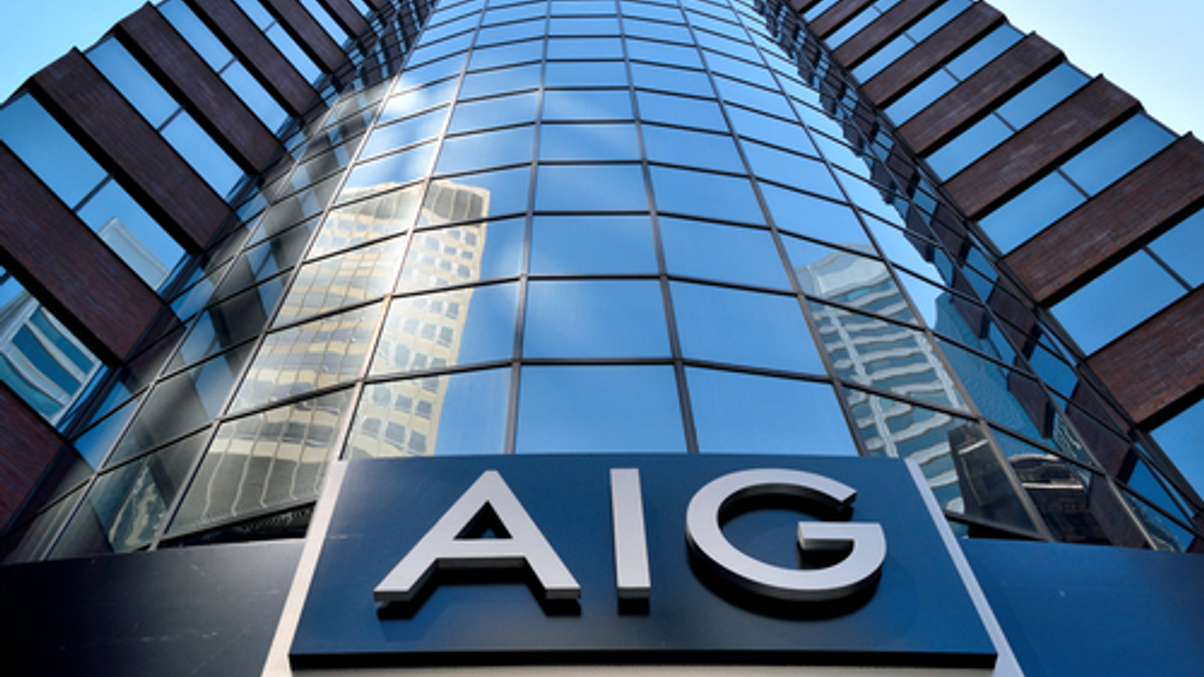AIG’s deputy CIO warns of inflation-related volatility
Guillermo Donadini of the US insurer believes insurers will keep chasing alternative assets, with interest rates set to remain low as governments look to repay increased debt burdens.

Investors face a major challenge to generate investment yield with real interest rates set to remain at historically low levels and the possibility of pandemic-led central bank stimulus driving up inflation and market volatility. That leaves insurance firms with little choice but to continue pushing into alternative investments, despite the risks involved.
Sign In to Your Account
Access Exclusive AsianInvestor Content!
Please sign in to your subscription to unlock full access to our premium AI resources.
Free Registration & 7-Day Trial
Register now to enjoy a 7-day free trial—no registration fees required. Click the link to get started.
Note: This free trial is a one-time offer.
¬ Haymarket Media Limited. All rights reserved.


